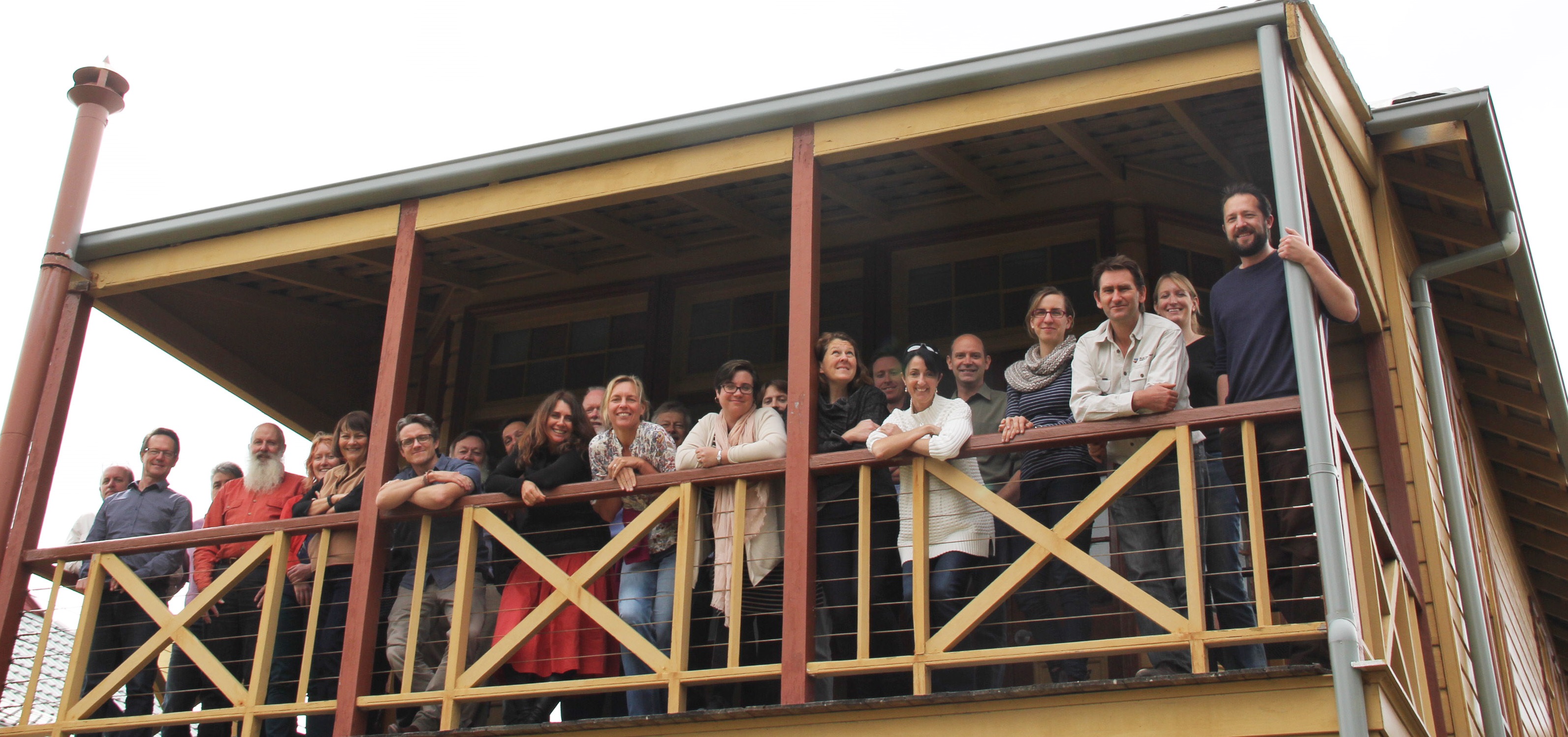
Making threatened-species monitoring count
Wednesday, 14 December 2016Monitoring the status and trends of threatened species is vital to informing management and policy decisions. And yet, monitoring of threatened species rarely occurs, and when it does - it is usually not carried out effectively. Why is this, and how can we remedy the situation? This was the central issue underpinning a two day TSR workshop that brought together 30 conservation managers, policy makers and scientists.
The workshop was held at the picturesque and historic Quarantine Station at North Head, in Sydney Harbour National Park and was hosted by TSR researchers from the Australian National University. The 30 participants all had long-standing involvement in threatened species monitoring and came from a diverse range of government and non-government organisations, community groups, and universities; each bringing different experiences and perspectives to the discussion.
“A detailed understanding of the current status of monitoring for threatened species is essential for identifying the key areas for improvement,” says Dr Sarah Legge, one of the lead organisers for the meeting.
“To this end we compared assessments of the current status of threatened species monitoring in Australia to gauge how representative it was across and within taxonomic groups. We considered how adequate such monitoring has been. We then discussed the ideal role of monitoring in national recovery planning and how this compared to what was actually happening.”
Using case studies as diverse as threatened mammals in southwest Western Australia, fish in ephemeral pools in western Queensland and frogs from Victoria, the workshop identified some specific examples of how monitoring can support conservation management, and discussed ways of increasing the perceived value of monitoring across different sectors of the conservation community.
Threatened species and citizen scientists
One avenue for ‘mainstreaming’ threatened species monitoring is to involve the public in citizen-science projects. Workshop participants shared their direct experience of working with volunteers to establish systematic monitoring for threatened plants, birds, and mammals.
“Citizen science projects can greatly enhance data collection,” says Dr Natasha Robinson, a co-leader of the workshop. “This is especially the case when resources for the management of threatened species are extremely limited which, as we heard during the workshop, was unfortunately quite frequent.
“Beyond generating data, such projects can also raise the profile of, and engagement with, threatened species. This could prove critical in the raising the political focus on this component of conservation management.
“However, citizen science is not a panacea. It was clear through the workshop discussions that projects based on citizen science can come with high transaction costs both in terms of time and money. It’s important to acknowledge that some types of data collection suit citizen science projects more than others.” 
Volunteers monitor the southern brown bandicoot in Booderee National Park in southern NSW. Monitoring threatened species is critical to undertaking adaptive management. Image: Thea O'Loughlin
Indigenous participation
The distributions of many of Australia’s threatened species now occur largely on land owned and managed by Indigenous groups, who place a high cultural value on the continued existence of these species. What’s more, their traditional knowledge is proving vital to our ability to locate and monitor these species, contributing enormously to our understanding of the trajectories of these animals and plants.
Collaboration with Indigenous people, therefore, will prove critical to future efforts to improve the monitoring of threatened species. Such collaborations are already generating valuable information on the population trajectories of threatened species (as well as helping in the management of threats).
Examples of such programs ranged from ambitious nationally-scaled monitoring for bilbies (over 80% of wild bilbies occur on Indigenous land), to more locally scaled programs of camera trapping for rock-wallabies and bettongs.
Choices and challenges
Some of the liveliest debates amongst workshop participants eddied energetically around tough issues such as deciding when not to monitor a threatened species (eg, because of scarce resources, or limited ability to influence the species trajectory); whether monitoring should be framed around clear questions (for example, about the impact of threats or management inputs to trends in threatened species) or be less targeted ‘surveillance’ style of monitoring; and whether threatened species monitoring could ever be substituted with ‘surrogate’ indicators.
Workshop participants highlighted real examples of some of the monitoring design hurdles (and their solutions) that are common in threatened species. These examples ranged from aerial surveys of wide ranging marine mammals (like dugongs), to the challenge of monitoring irruptive desert mammals (like mulgara and desert mice) whose populations go through boom and bust cycles in which they fluctuate from plentiful after high rainfall periods to impossible to find in tough times.
“Monitoring for threatened species needs to deal with rarity, low detectability, populations dispersed thinly or erratically over large scales and a host of other challenges,” comments Dr Legge. “These attributes create serious monitoring design challenges that we need to consider. The consensus from the workshop was that the peculiarities of monitoring threatened species mean that monitoring design needs to be tailored carefully, and it should be fit-for-purpose. General biodiversity monitoring programs, including surveillance monitoring, are important for picking up unexpected changes in more common species but are usually inadequate for identifying trends in threatened species.”
Practical guidelines
The workshop’s ultimate purpose was to develop a preliminary framework for practical guidelines to make threatened species monitoring more effective. These guidelines, along with much of the material presented at the workshop (including case studies of threatened species monitoring programs from around Australia), will be collated into a book as a valuable resource for people and organisations aiming to improve conservation outcomes through enhanced threatened species monitoring. The book should be available in 2017.
“Another important dimension of the meeting was the networking and sharing of experience,” says Dr Robinson. “While the animals and plants being worked on were as varied as could be imagined – from tiny alpine frogs to mighty marine whales – the challenges being faced were remarkably similar, as was the passion to make a real difference.
“It’s a network the TSR Hub hopes to build and consolidate over time.”
For further information:
Natasha.Robinson@anu.edu.au
Top image:Conservation managers, policy makers and scientists from across Australia met at the Quarantine Station in Sydney to improve the policy and practice of threatened-species monitoring. Image: David Salt
-

Long-term monitoring at Booderee National Park Reveals valuable insights for park management
Tuesday, 01 September 2020 -
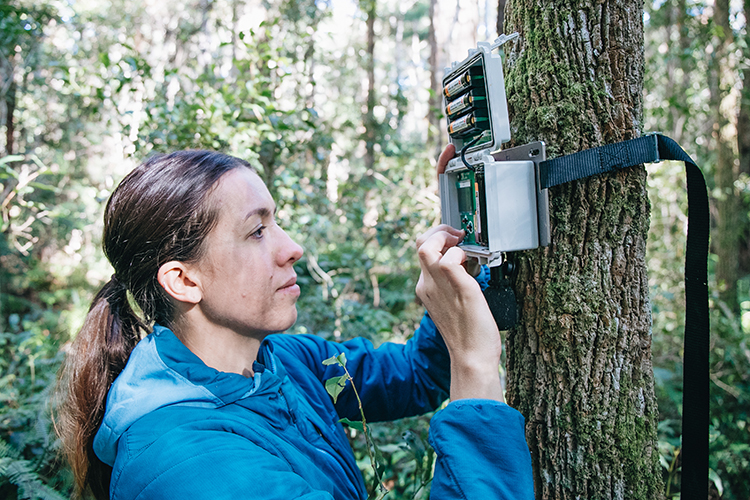
Better detection and monitoring vital for better conservation outcomes
Tuesday, 26 November 2019 -
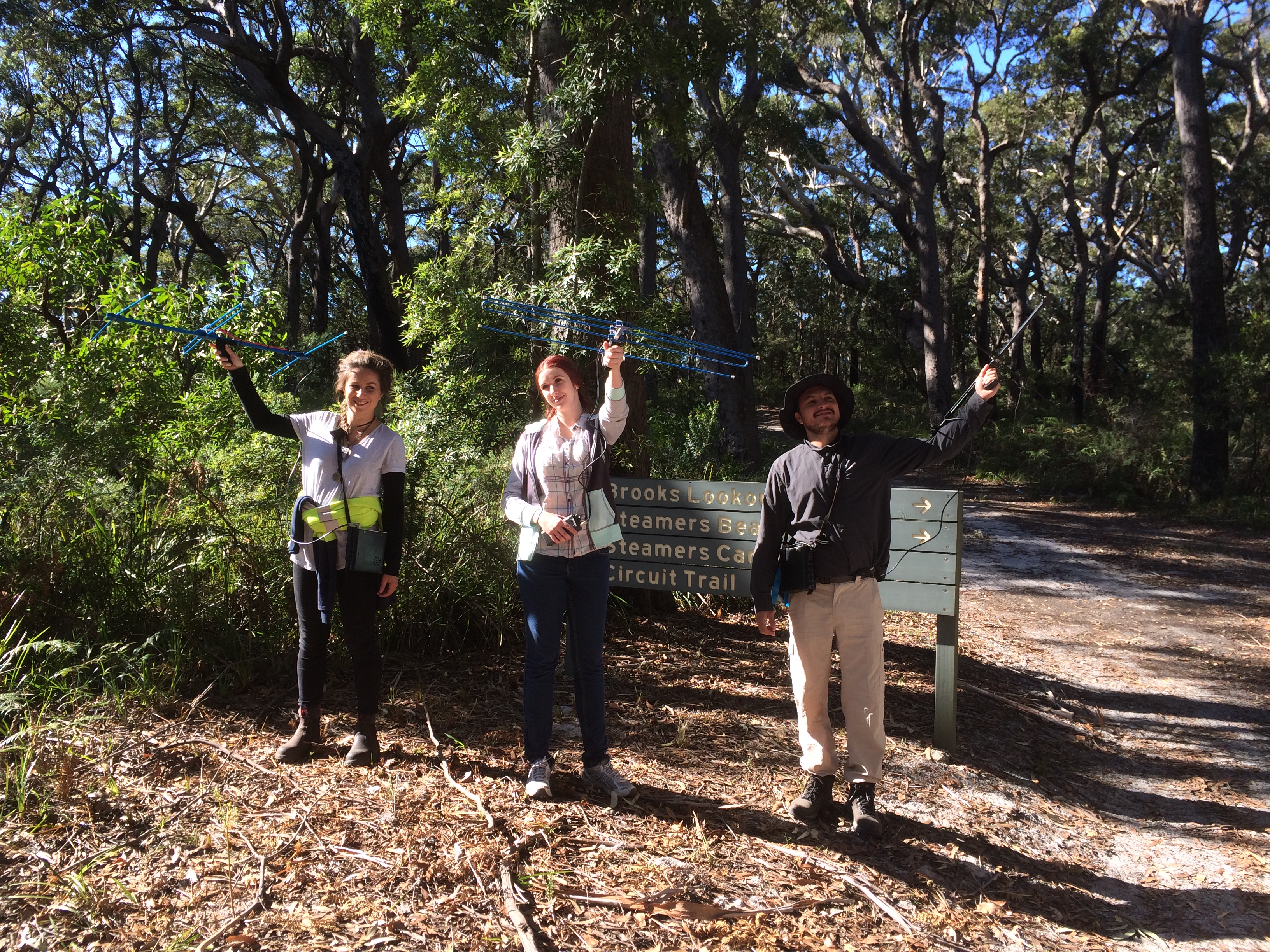
Call for survey participants for Threatened Species monitoring
Sunday, 16 October 2016 -

Collaborating for conservation: species monitoring
Monday, 10 October 2016 -
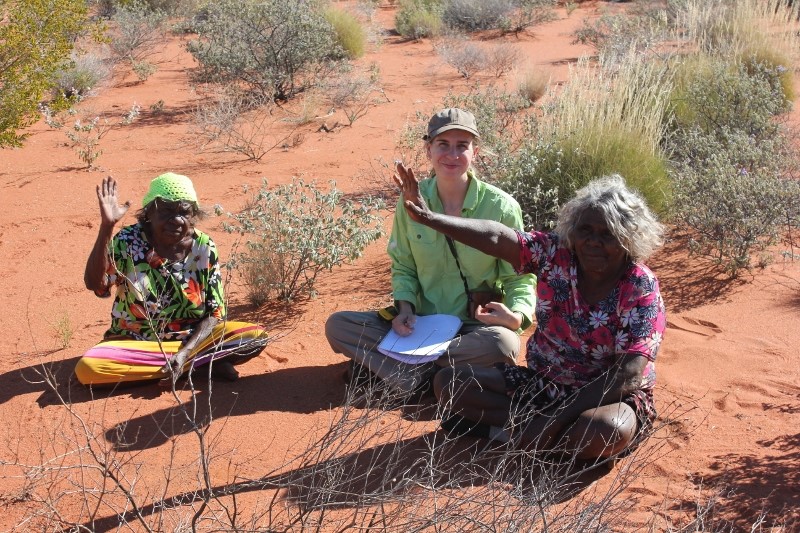
Designing a best-practice bilby monitoring program for Martu rangers
Thursday, 15 December 2016 -
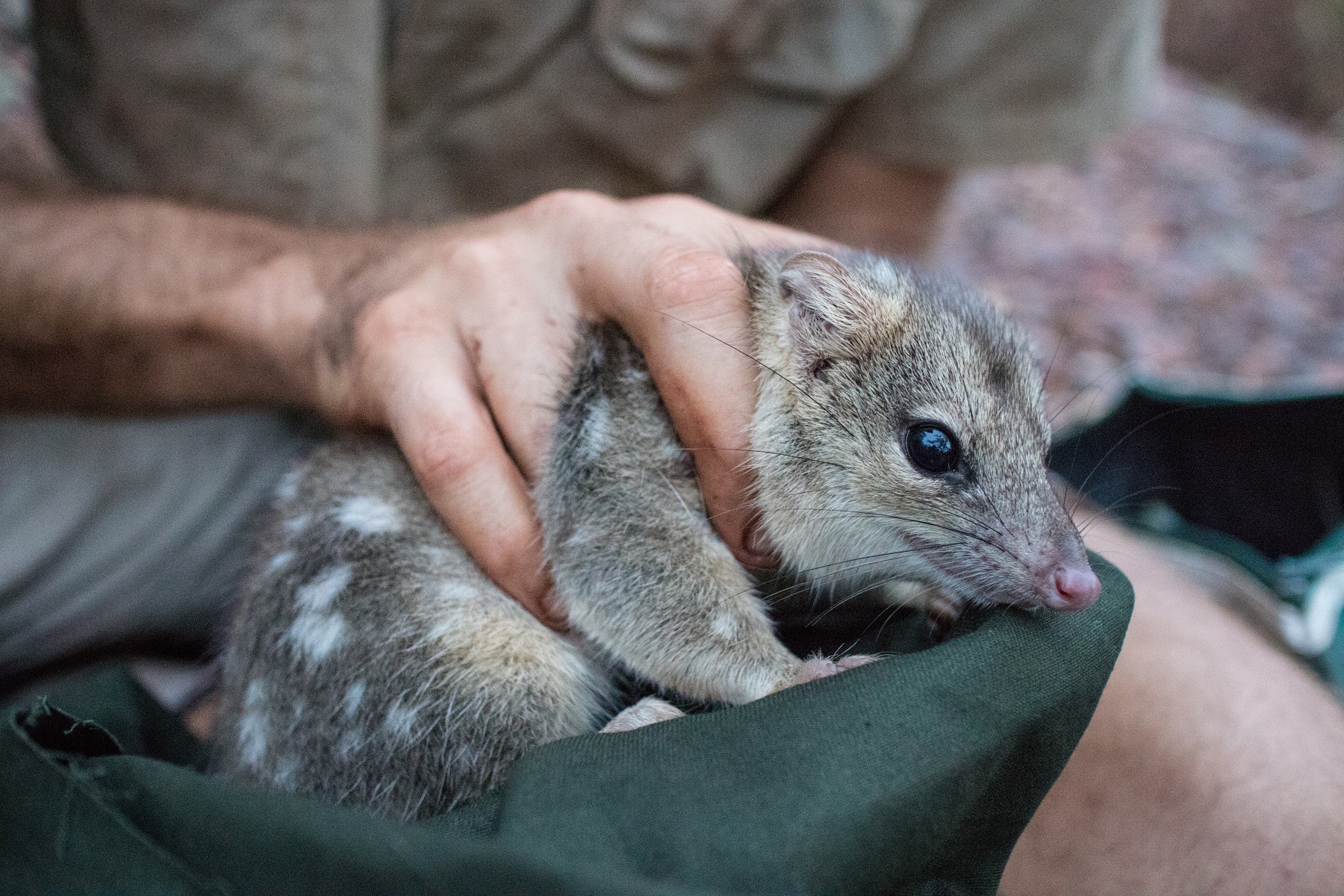
Monitoring for threatened species and ecological communities
Tuesday, 01 May 2018 -
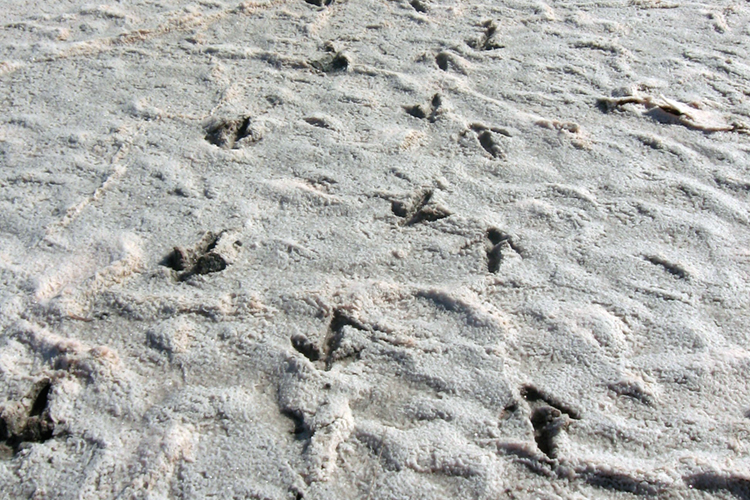
Reading the story written in Australia’s desert sands
Tuesday, 20 August 2019 -
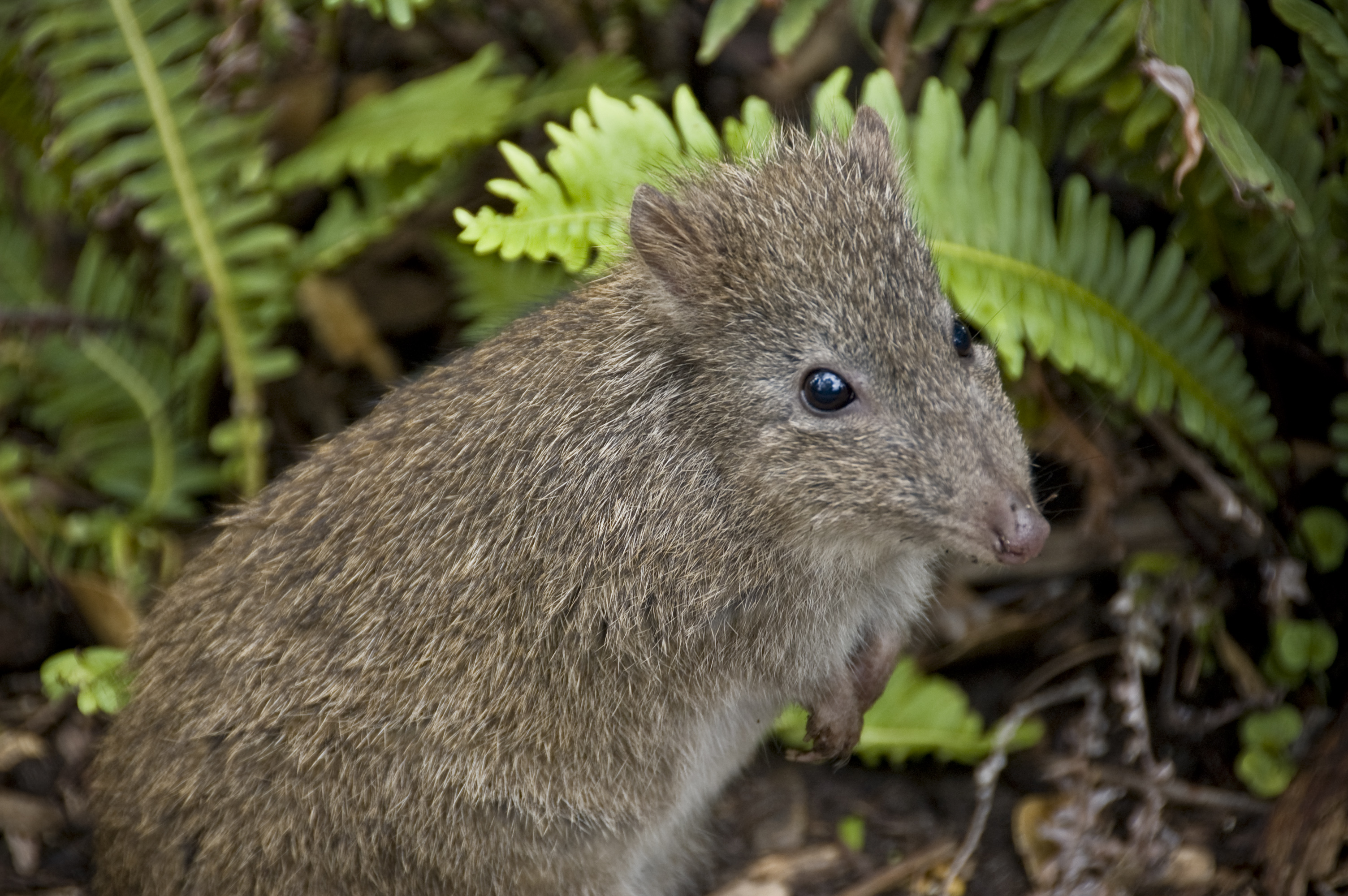
Keeping an eye and ear out for threatened species
Friday, 22 April 2016
